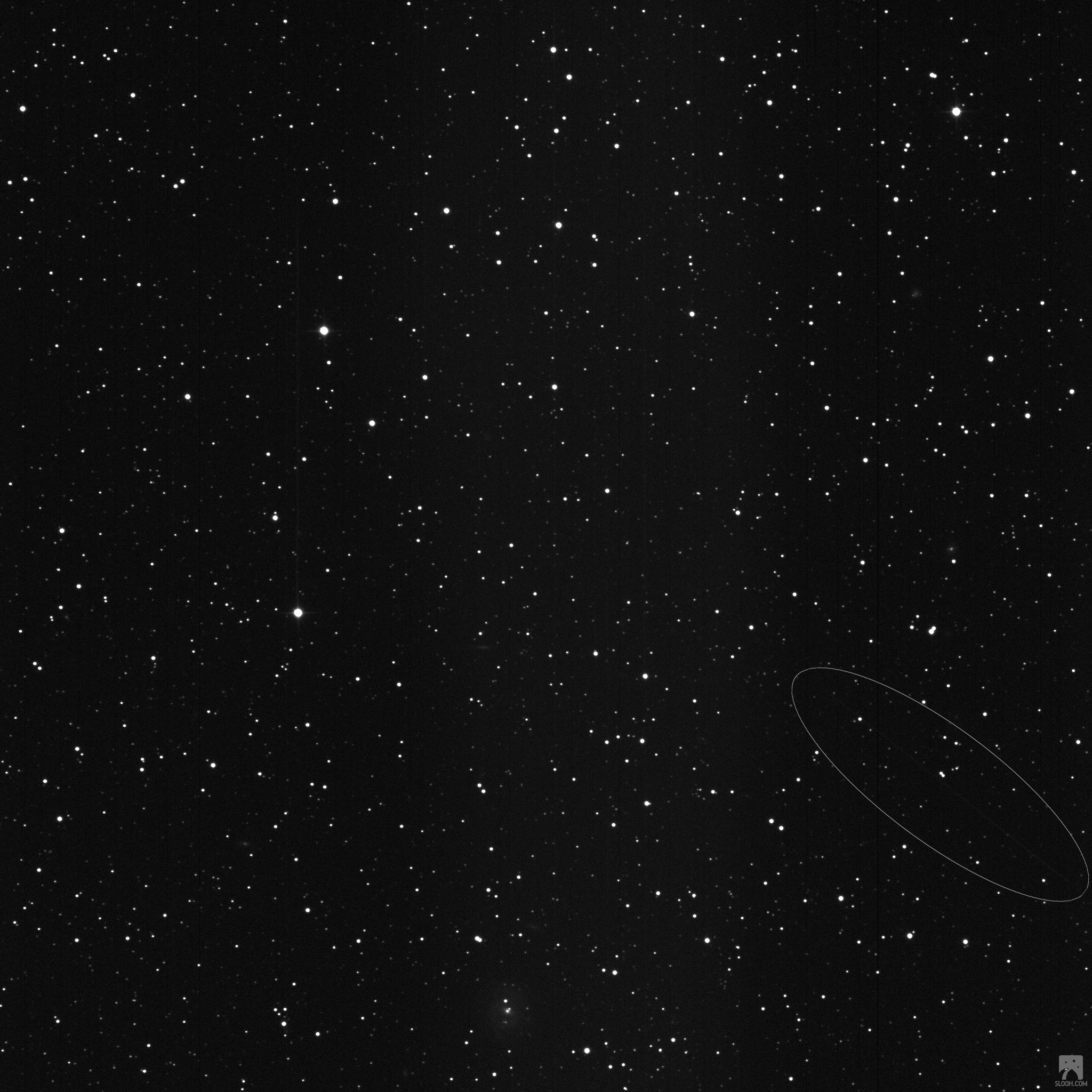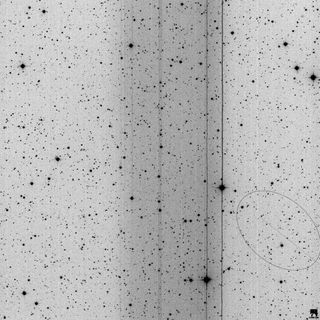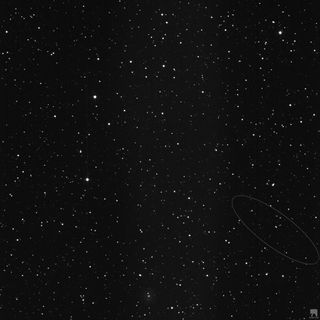Newly Discovered Bus-Size Asteroid Zips Harmlessly by Earth (Video)

A bus-size asteroid that buzzed between the Earth and the moon at 3:25 p.m. EST (2025 GMT) on Thursday (Feb. 2) was spotted by one of the Slooh Community Observatory telescopes in the Canary Islands.
The asteroid, dubbed 2017 BS32, was first identified by the Panoramic Survey Telescope & Rapid Response System, or Pan-STARRS, on Jan. 30, and came to within half the distance between the Earth and the moon on Feb. 2, according to Slooh. The space rock is between 36 and 82 feet long (11 to 25 meters), and was traveling at a speed of 25,800 mph (42,000 km/h), or about 16 times faster than a bullet shot out of an AK-47 rifle, according to Slooh astronomer Erik Edelman.

Slooh hosted a live webcast on Thursday, giving viewers a real-time look at the asteroid as it sped by Earth. In an email to Space.com, Slooh representatives said this is the fourth near Earth object to come within Earth's lunar orbit in the last four weeks.
During the webcast, Edelman discussed the reasons why it can be difficult to spot asteroids and space rocks that come relatively close to Earth. Weather can play a major role in how frequently ground-based observatories can scan the sky, and even on clear nights, the light from a full moon can wash out the light from a very small, dim object like asteroid 2017 BS32. In addition, these space rocks are moving very fast, and can slip into and out of a telescope's field of view very quickly, making them difficult to spot, said the email from Slooh.

Follow Calla Cofield @callacofield. Follow us @Spacedotcom, Facebook and Google+. Original article on Space.com.
Get the Space.com Newsletter
Breaking space news, the latest updates on rocket launches, skywatching events and more!
Join our Space Forums to keep talking space on the latest missions, night sky and more! And if you have a news tip, correction or comment, let us know at: community@space.com.

Calla Cofield joined Space.com's crew in October 2014. She enjoys writing about black holes, exploding stars, ripples in space-time, science in comic books, and all the mysteries of the cosmos. Prior to joining Space.com Calla worked as a freelance writer, with her work appearing in APS News, Symmetry magazine, Scientific American, Nature News, Physics World, and others. From 2010 to 2014 she was a producer for The Physics Central Podcast. Previously, Calla worked at the American Museum of Natural History in New York City (hands down the best office building ever) and SLAC National Accelerator Laboratory in California. Calla studied physics at the University of Massachusetts, Amherst and is originally from Sandy, Utah. In 2018, Calla left Space.com to join NASA's Jet Propulsion Laboratory media team where she oversees astronomy, physics, exoplanets and the Cold Atom Lab mission. She has been underground at three of the largest particle accelerators in the world and would really like to know what the heck dark matter is. Contact Calla via: E-Mail – Twitter